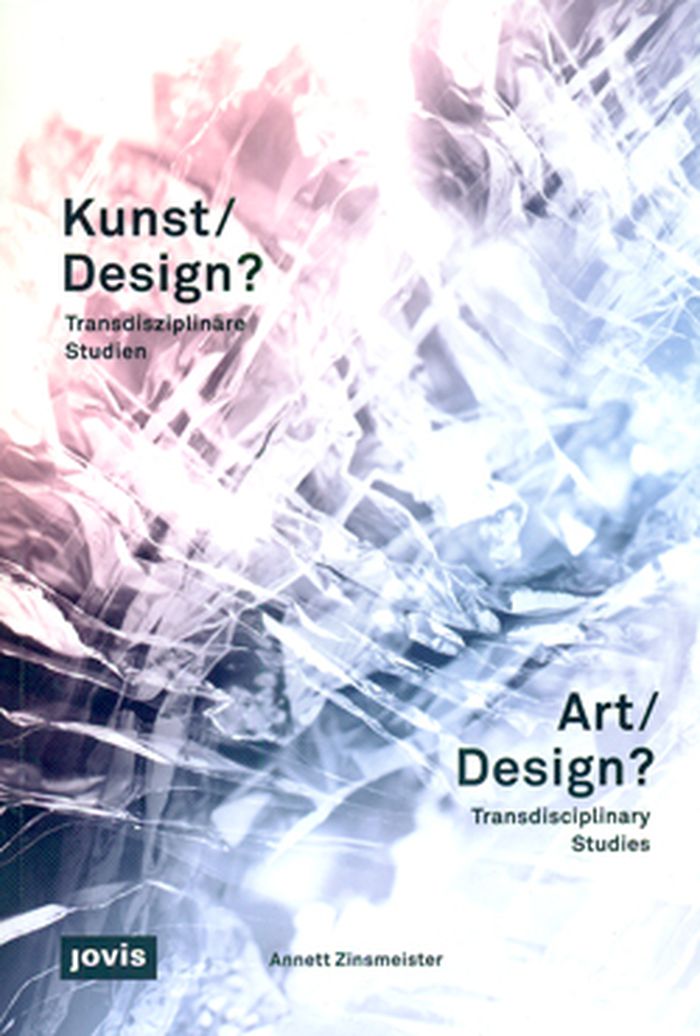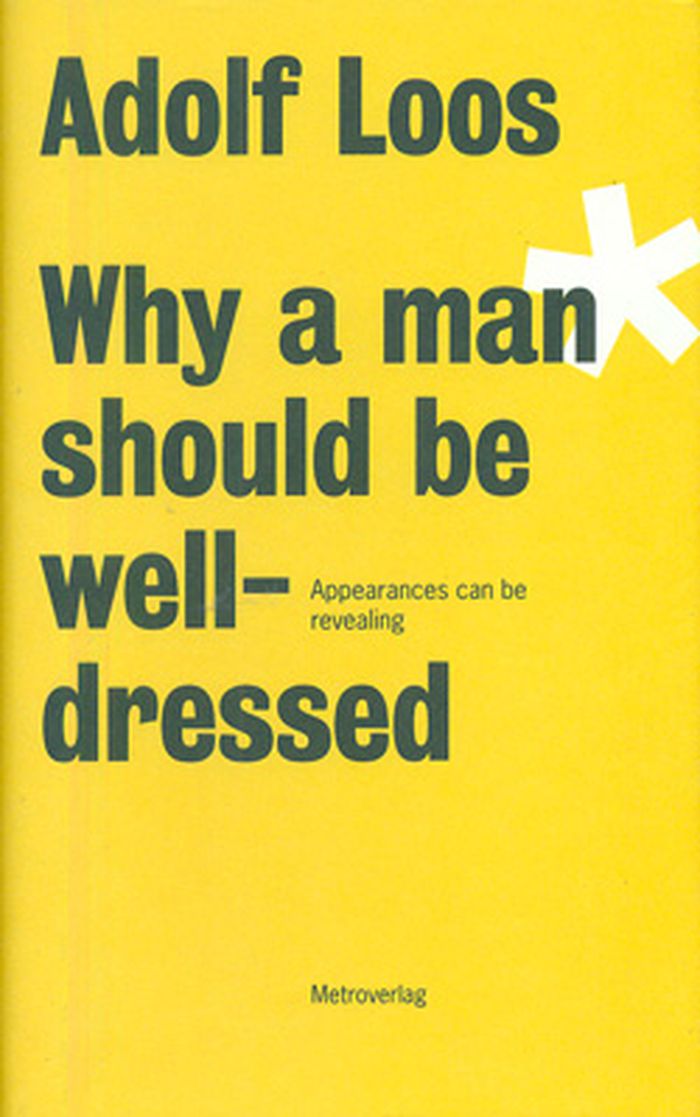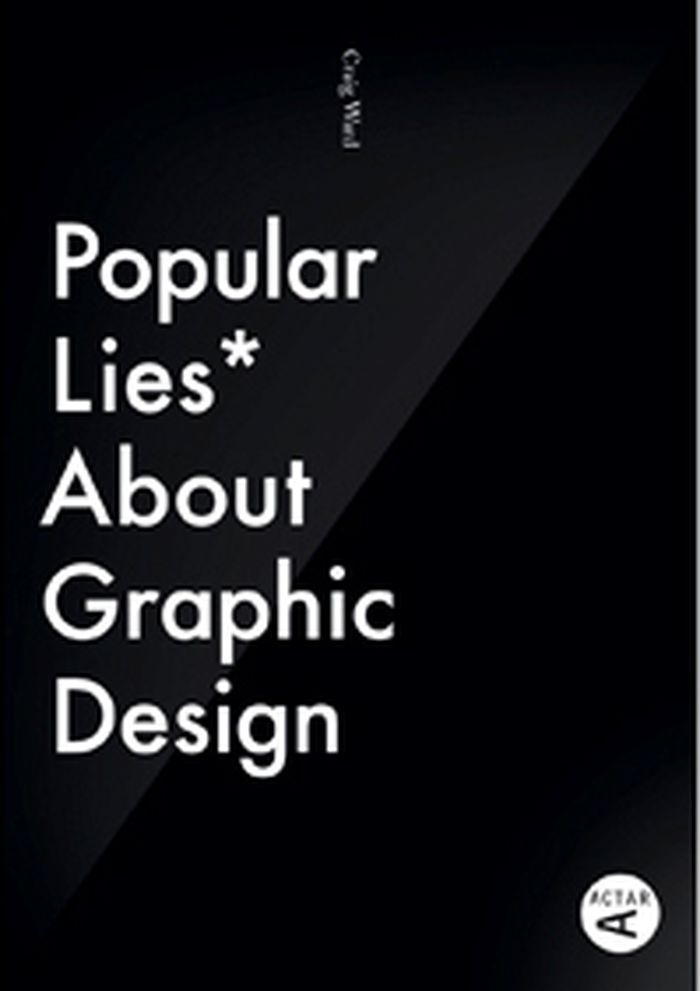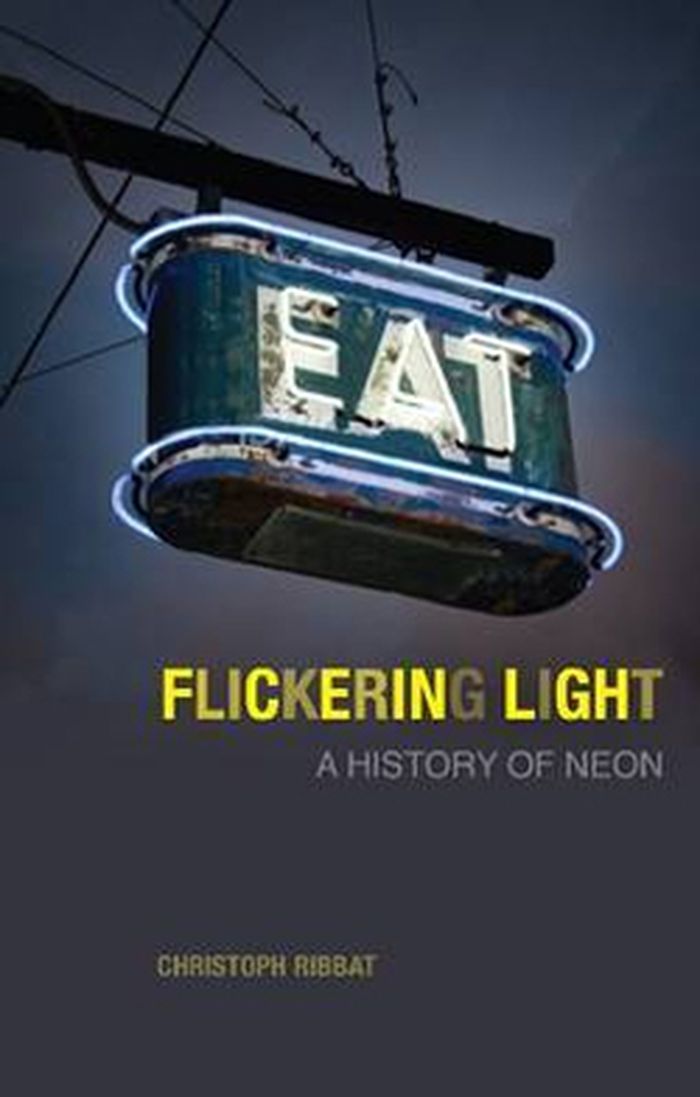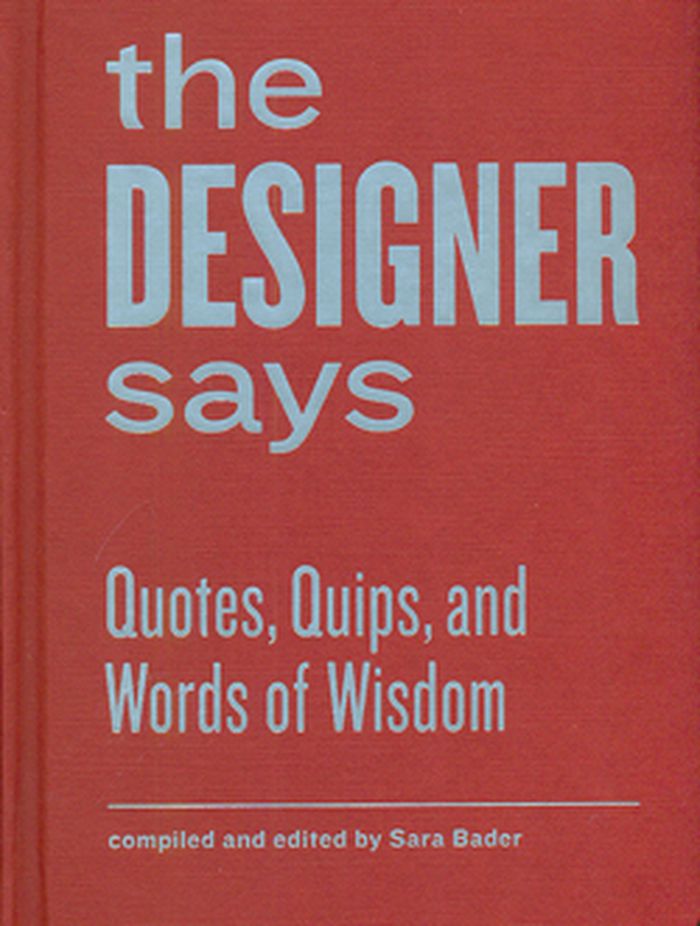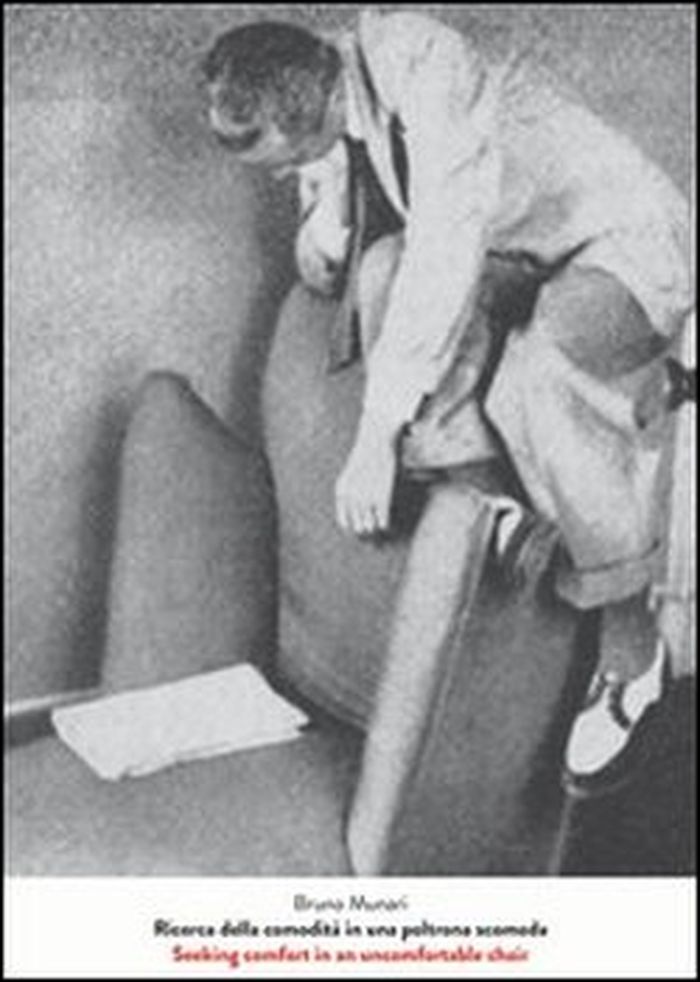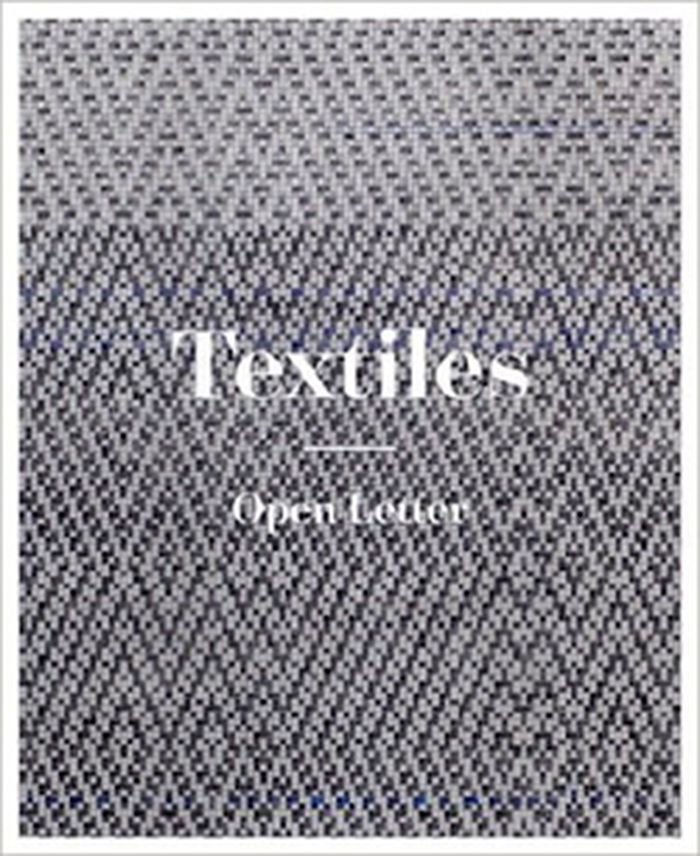$39.95
(available to order)
Summary:
Annett Zinsmeister has developed an interdisciplinary teaching practice based on her work as an artist and educator. Her studies investigating creative processes and perceptions of space and objects are of equal relevance to artists, designers and architects. This illustrated volume looks at the outcome of her experimental exercises that operate between the fine and(...)
Art / Design? Transdisciplinary studies
Actions:
Price:
$39.95
(available to order)
Summary:
Annett Zinsmeister has developed an interdisciplinary teaching practice based on her work as an artist and educator. Her studies investigating creative processes and perceptions of space and objects are of equal relevance to artists, designers and architects. This illustrated volume looks at the outcome of her experimental exercises that operate between the fine and applied arts, reactualizing the boundaries between the discplines.
$36.95
(available in store)
Summary:
Throughout his life Adolf Loos raised his eloquent voice against the squandering of fine materials, frivolous ornamentation and unnecessary embellishments. His admirers consider him to be the inspiration for all modern architecture. Yet, few are acquainted with his amusing, incisive, critical and philosophical literary work reflecting on applied design and the essence of(...)
Adolf Loos: why a man should be well-dressed
Actions:
Price:
$36.95
(available in store)
Summary:
Throughout his life Adolf Loos raised his eloquent voice against the squandering of fine materials, frivolous ornamentation and unnecessary embellishments. His admirers consider him to be the inspiration for all modern architecture. Yet, few are acquainted with his amusing, incisive, critical and philosophical literary work reflecting on applied design and the essence of clothing in fin de siècle Vienna. Adolf Loos often had a radical, yet innovative outlook on life that made him such a nuisance for many of his contemporaries. His provocative musings on many subjects portray him as a man of varied interests and intellectual refinement as well as possessing a keen sense of style, which still has value today. For the first time the ‘Loos Dress Code’ is available in English. Included is a short social/historical look as the birth of Modernism in Adolf Loos’ Vienna.
Design Theory
$21.00
(available to order)
Summary:
Multi award-winning designer and typographer, Craig Ward, presents his first self-authored book, Popular Lies About Graphic Design. An attempt to debunk various misconceptions, half truths and, in some cases, outright lies which permeate the industry of design. Written both passionately and irreverently, Ward pulls from his ten years of experience to tackle lighter(...)
Popular lies about graphic design
Actions:
Price:
$21.00
(available to order)
Summary:
Multi award-winning designer and typographer, Craig Ward, presents his first self-authored book, Popular Lies About Graphic Design. An attempt to debunk various misconceptions, half truths and, in some cases, outright lies which permeate the industry of design. Written both passionately and irreverently, Ward pulls from his ten years of experience to tackle lighter subjects such as design fetishists, Helvetica’s neutrality and urgent briefs, alongside discussions on more worthy topics such as the validity of design education, the supposed death of print, client relationships and pitch planning. In addition, the book features contributions from more than a dozen established practitioners such as Milton Glaser, Stefan Sagmeister, Christoph Niemann and David Carson
Design Theory
Conditional design workbook
$24.95
(available to order)
Summary:
“Conditional Design” is the name of a new design ethos formulated by graphic designers Luna Maurer, Jonathan Puckey and Roel Wouters, and artist Edo Paulus. It espouses a working method that involves drawing up arbitrary constraints and rules of play, fostering both a strongly collaborative spirit and unpredictable end results. Its workbook format organizes the material(...)
Conditional design workbook
Actions:
Price:
$24.95
(available to order)
Summary:
“Conditional Design” is the name of a new design ethos formulated by graphic designers Luna Maurer, Jonathan Puckey and Roel Wouters, and artist Edo Paulus. It espouses a working method that involves drawing up arbitrary constraints and rules of play, fostering both a strongly collaborative spirit and unpredictable end results. Its workbook format organizes the material step by step, and the publication as a whole provides exciting ways for others - groups of children as well as artists and designers - to apply the method themselves. In accompanying essays, Andrew Blauvelt elaborates on the implications of such processes for art and design, and Koert van Mensvoort describes how Conditional Design could form the basis for the design and organization of the city of Zhiango, China, in 2050.
Design Theory
$34.95
(available to order)
Summary:
Energized by the conflicting love and hatred people have for neon, Flickering Light explores its technological and intellectual history, from the discovery of the noble gas in late nineteenth-century London to its fading popularity today.
Flickering light : a history of neon
Actions:
Price:
$34.95
(available to order)
Summary:
Energized by the conflicting love and hatred people have for neon, Flickering Light explores its technological and intellectual history, from the discovery of the noble gas in late nineteenth-century London to its fading popularity today.
Design Theory
$17.95
(available to order)
Summary:
The Designer Says is a compendium of quotations from more than one hundred of history's leading practitioners. Paired on page spreads like guests at a dinner party, a designer from the nineteenth century might sit next to one working today or two contemporary designers may strike up a conversation.
The designers says: quotes, tips, and words of wisdom
Actions:
Price:
$17.95
(available to order)
Summary:
The Designer Says is a compendium of quotations from more than one hundred of history's leading practitioners. Paired on page spreads like guests at a dinner party, a designer from the nineteenth century might sit next to one working today or two contemporary designers may strike up a conversation.
Design Theory
$10.00
(available to order)
Summary:
“One comes home tired after having worked all day and finds an uncomfortable chair.” This is the start to Bruno Munari’s considerations on the choice between aesthetics and functionality when designing furniture. To support his thesis, Munari analyses the most obvious case of the armchair. You must have been seated on countless types of chair: very low ones, ones with(...)
Seeking comfort in an uncomfortable chair
Actions:
Price:
$10.00
(available to order)
Summary:
“One comes home tired after having worked all day and finds an uncomfortable chair.” This is the start to Bruno Munari’s considerations on the choice between aesthetics and functionality when designing furniture. To support his thesis, Munari analyses the most obvious case of the armchair. You must have been seated on countless types of chair: very low ones, ones with a deep seat, ones with sharp edges, and so on. “But be honest : what is more restful than a tuppenny deckchair.” In Munari’s typically engaging style the great designer reminds us how we could go on inventing furniture each time fashions change when actually all that is needed is to perfect the most comfortable of the existing models, not forgetting the real purpose: comfort and durability.
Design Theory
Textiles : open letter
$69.95
(available to order)
Summary:
An essential characteristic of textiles is their richly intertextual nature. Textiles: Open Letter stems from an exhibition at Museum Abteiberg, Germany, plus an extensive research project (2010 14) examining the place of textiles in the history of art and culture, media, society and technology through various voices. Representing traditions found in both applied and(...)
Textiles : open letter
Actions:
Price:
$69.95
(available to order)
Summary:
An essential characteristic of textiles is their richly intertextual nature. Textiles: Open Letter stems from an exhibition at Museum Abteiberg, Germany, plus an extensive research project (2010 14) examining the place of textiles in the history of art and culture, media, society and technology through various voices. Representing traditions found in both applied and fine arts, textiles hover between formalism and functionalism; as objects and techniques, they mediate between self and world, between affect-driven and knowledge-driven processes of appropriation. Functionally versatile, textiles are the fulcrum of an ensemble of activities, and illustrate relations between subject and object, material and immaterial, artistic and artisanal labor, and different cultures.
Design Theory
